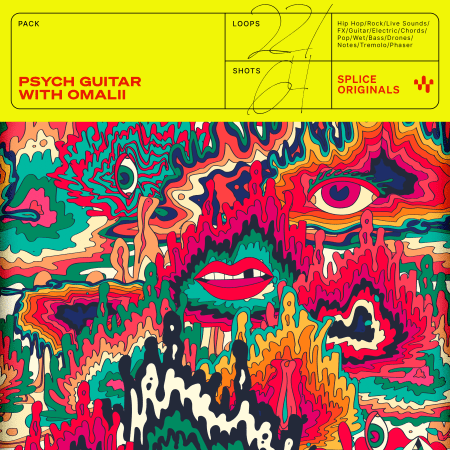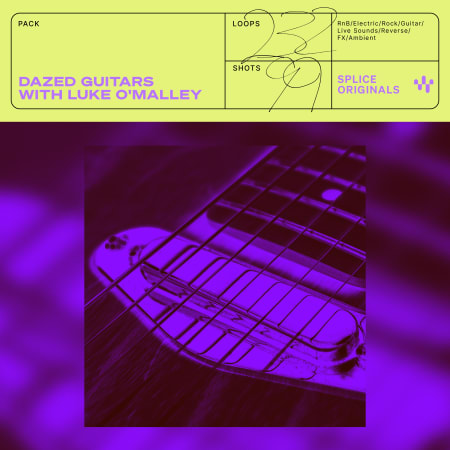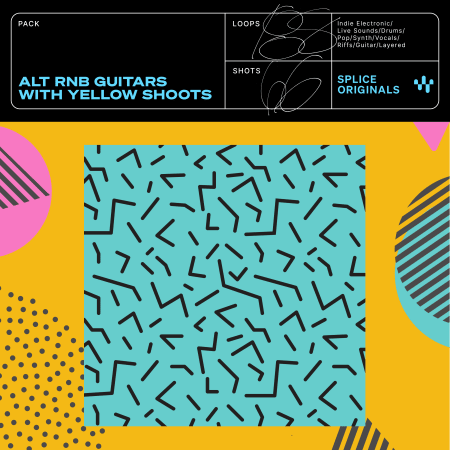Psychedelic-style guitar playing can be found in a wide range of genres over the course of six-plus decades. Originating in the mid-1960s among British and American musicians, the sound of psychedelic rock invokes three core effects of LSD: depersonalization, dechronicization, and dynamization, all of which detach the user from reality. Musically, the effects may be achieved via novelty studio tricks (including plugins), electronic or non-Western instrumentation, disjunctive song structures, and extended instrumental segments.
Some of the earlier 1960s psychedelic rock musicians were based in folk, jazz, and the blues, while others showcased an explicit Indian classical influence called raga rock. In the 1960s, there existed two main variants of the genre: the more whimsical, surrealist British psychedelia and the harder American West Coast acid rock.
In the late 1960s, cumbia musicians in Colombia, Peru, and Mexico began incorporating psychedelic and surf sounds to form psychedelic cumbia. In the late ‘60s and early 1970s, musicians in Africa began incorporating elements of psych-rock into their sounds, splitting off into various subgenres of Afrobeat including zamrock. Rock and psychedelia-influenced musicians continued to influence new genres. We saw Sly and the Family Stone and Jimi Hendrix foster improvisation in funk. We also saw The Temptations, Supremes, and Stevie Wonder incorporate elements of psych into their music to form the psychedelic soul sound.
Today, you can hear fuzzy, hazy guitar riffs in all genres from pop to R&B, and beyond, demonstrating how these textures can add warmth and an air of experimentation to any production.




